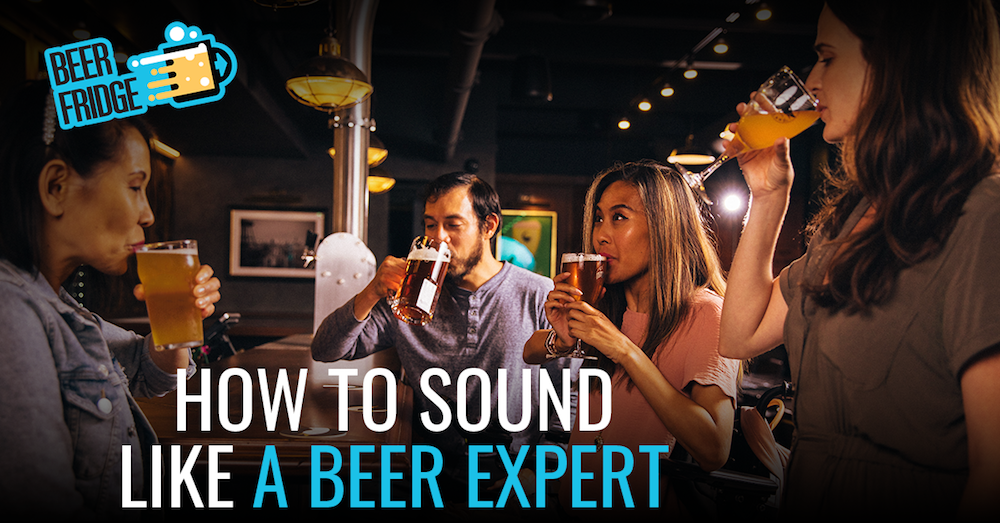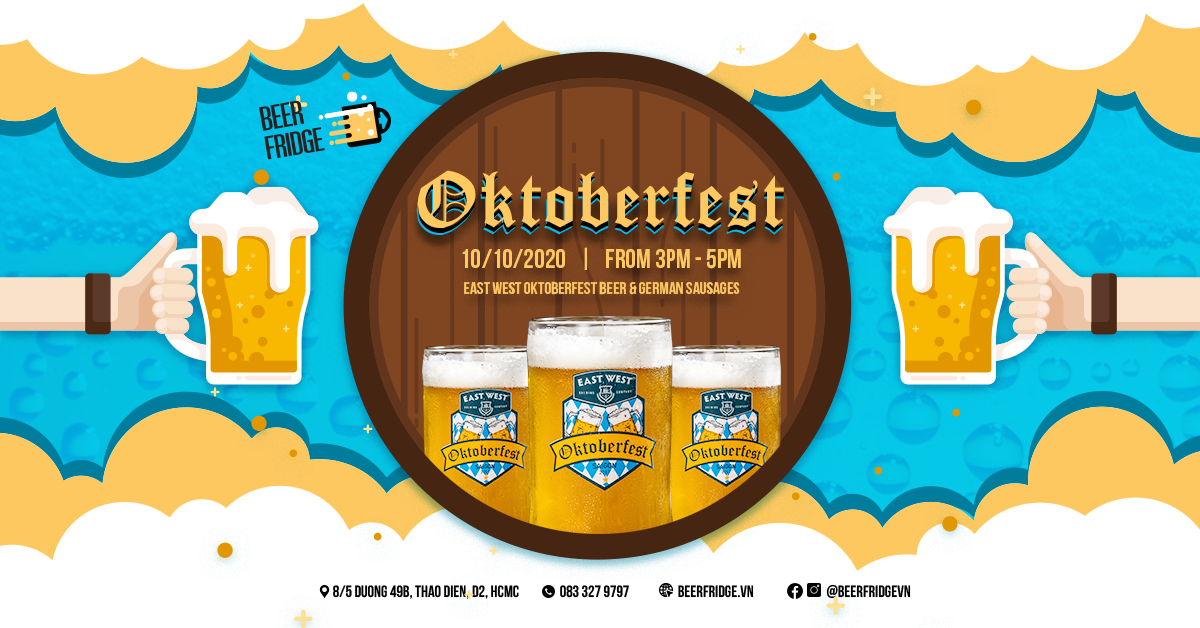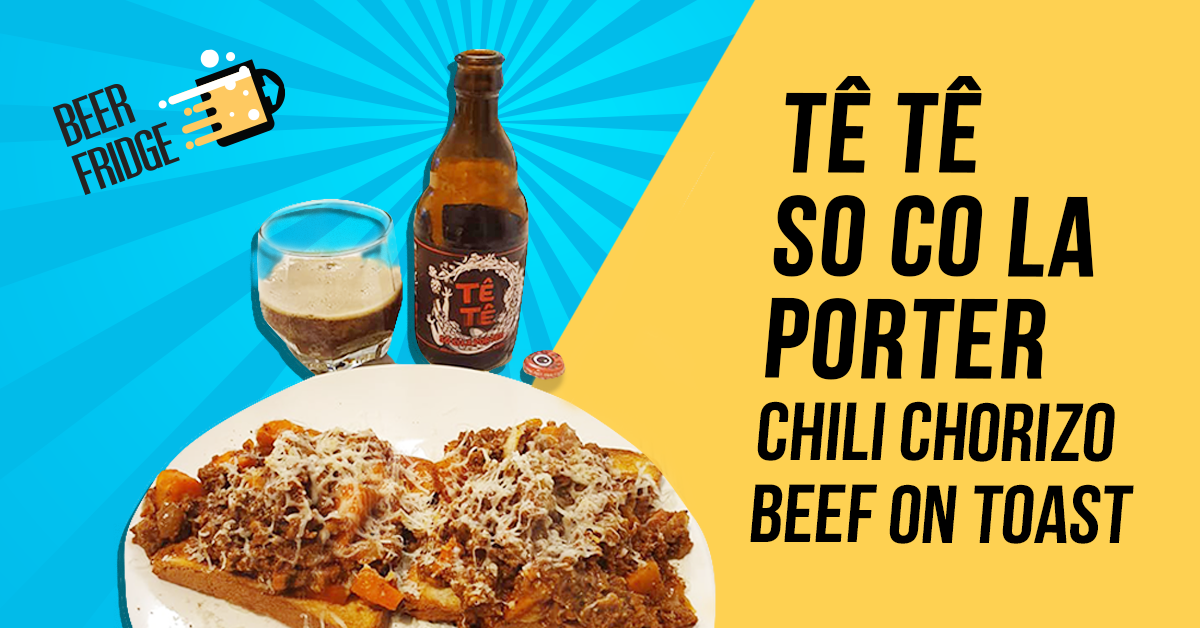How To Sound Like A Beer Expert
You either clicked on this article because you want to impress someone, or because you want to educate yourself. Either way, you're at the right place!

Your friends have seen you order craft beer instead of the go-to Tiger beer, and now they think you’re the “Beer Master” of the group.
Well, they’re probably not actually thinking that. But how amazing would it be if you could introduce them to the wondrous world of craft beer?
IBU and ABV
So let’s say, hypothetically, that your friends are ready to put aside their Tiger to try some craft beer. They take you to the bar, looking at the options listed on the chalkboard menu. You will encounter the abbreviations of ABV and IBU followed by numbers accompanying each beer selection. Oh yeah, now they panic and look to you for advice, to help them find the perfect beer.
Well, let’s start with explaining the terms IBU and ABV. This information helps explain beer in greater detail and helps you understand what you are about to drink before you drink it.
ABV, or alcohol by volume, is the standard measurement, used worldwide, to assess the strength of a beer. It’s pretty simple. The higher the ABV, the more alcohol a beer contains. Lighter beers range from 4-4.5% ABV and the percentage gets higher with heavier styles of beer.
IBU, or international bittering unit, is quite important when selecting a beer that is right for you. The IBU scale measures the bitterness levels in beer (based on the amount of hops added) and helps beer drinkers determine which styles of brews are ideal for their taste buds.
So basically, ABV is the alcohol percentage and IBU is the bitterness scale.
Calories and carbs
At this point your health-conscious friend is probably counting their daily calories, to see if it’s okay to drink another beer tonight. Well, thankfully you know how many calories a beer contains!
There are about 150 calories in a 12-ounce serving of standard beer, the same amount as those little pots of fruit yogurt dieters like so much. A light beer will contain about 100 calories and some hefty styles such as barleywines contain about 300 calories.
Is your friend also worried about the carbs? Tell them there are about 13 carbs in a standard beer, 5 in a light beer. And remember to never invite them out to drink ever again.
Of course in most scenarios the bartender will choose the glass and pour the beer for you. But in lots of restaurants you get the change to impress your friends by doing it yourself.
When the right glassware has been selected it’s time to pour that beer! Those friends of yours obviously have no clue how to properly pour a beer. So, let’s tell them how it’s done!
If you take over the glass, tilt it and pour the beer slowly down the side, it forms a smaller head, because more CO2 remains dissolved in the beer. If you hold the glass upright and pour straight into the glass, more gas is released, and a larger head will form.
Real aficionados will insist that different beers have different ideal pours, but you are a mere expert, not an aficionado. Just pour an ale so that it has about half an inch of head, lagers with a larger one, and allow a wheat beer to throw a big, pillowy head. In general, the perfect size is often considered 2 fingers high, but then again, everyone has different sized fingers, so just do whatever you think is good.
Okay “Beer Master”, what is the best beer in the world?
Oh no. Now they start asking what the best beer in the world is.
Always dodge this one. Experts avoid this question like the plague, lest they offend the next brewer they want to visit. Just change the subject, or start quizzing them instead.
We hope you learned some fun facts about beer. If you want to know more about the different types of beer glasses, check out our latest article How Different Types Of Glassware Impact Your Drinking Experience.



